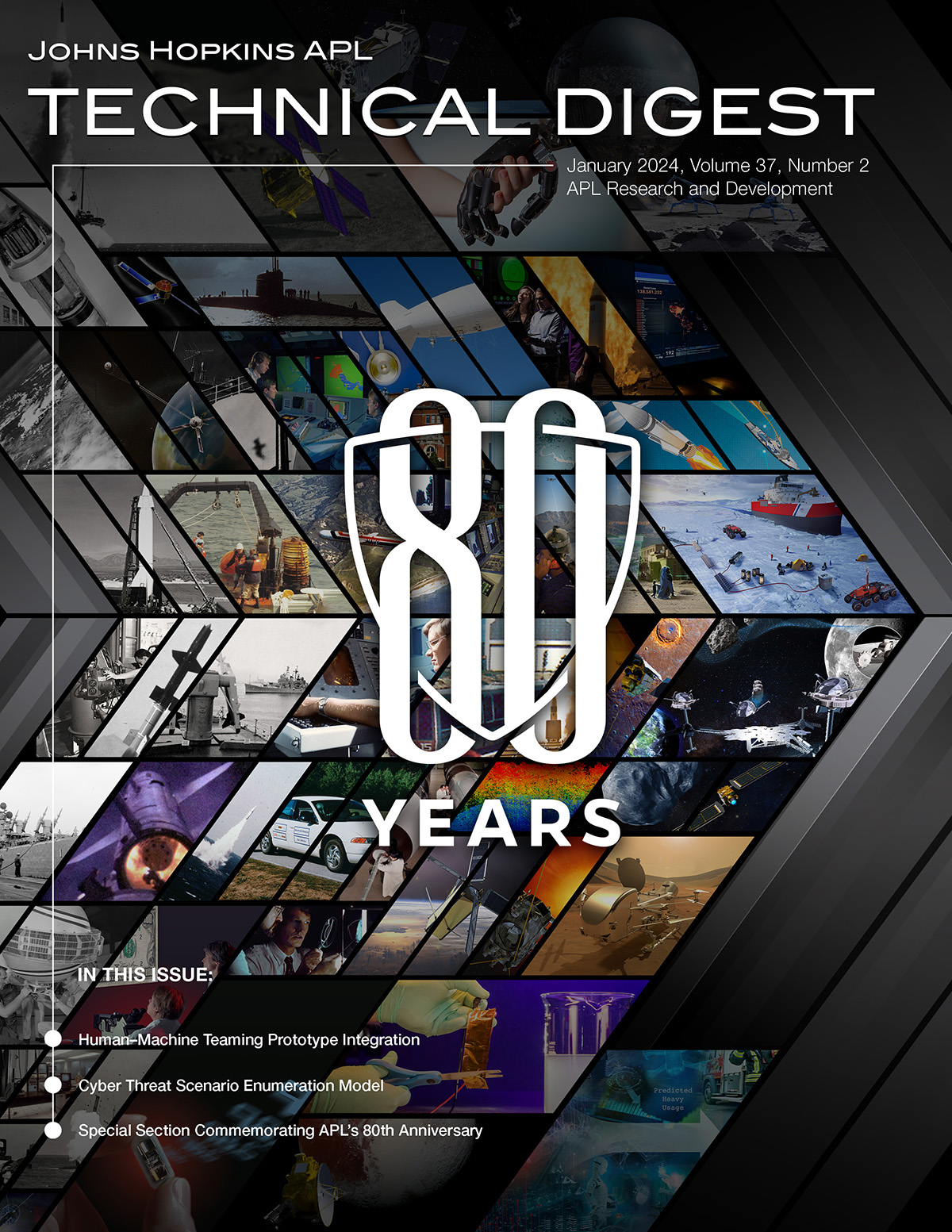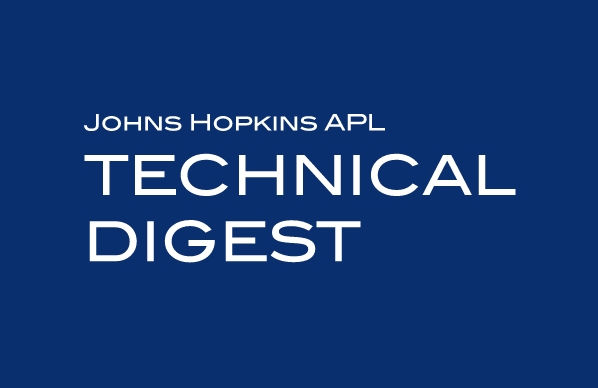H4H: An Open Framework for Rapid Human–Machine Teaming Prototype Integration
Effective human–machine teaming systems are becoming critical to the success of the modern warfighter. However, these systems are traditionally costly to develop because of the complex integration of hardware and software components from disparate organizations and vendors. In response to this challenge, Johns Hopkins University Applied Physics Laboratory (APL) researchers developed the Human–Machine Interfaces for Human–Machine Teaming (H4H) architecture, a platform that simplifies this complex integration. By modularizing components and simplifying interfaces, H4H aims to reduce the overall cost to establish an initial prototype of a system while enabling reuse of the system’s components.

